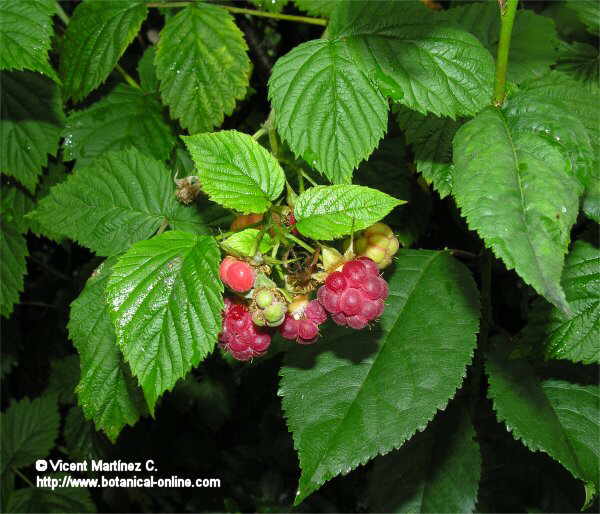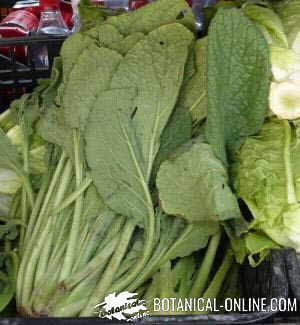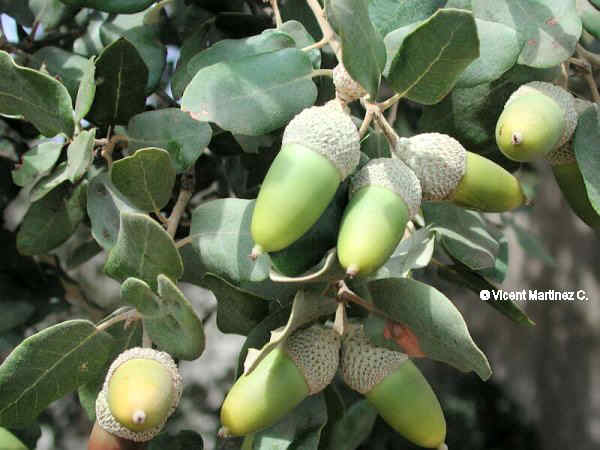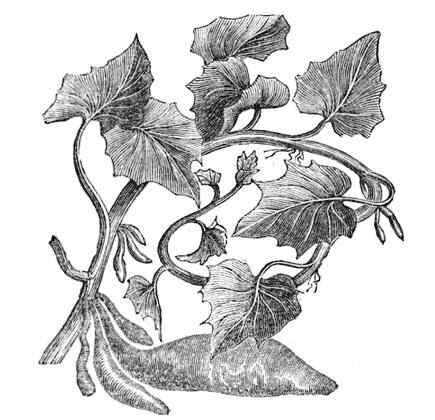Medicinal properties of Melia Azedarach
Toxicity of chinaberry
High. Especially in the ingestion of the fruits in autumn when they are very mature and they possess bigger quantity of toxins.
Mortal cases have been identified in children when ingesting from 6 to 8 berries.
Symptoms
The infusion of its leaves in considerable quantities is toxic, irritating the stomach and producing vomits, diarrhea and breathlessness sensation.
In the same way its berries are toxic and their ingestion should be avoided; on the other hand birds commonly ingest them without being toxic except in large quantities, which provokes them some kind of drunkenness.
The fruits are very toxic in dogs and pigs.
*Related information:
![]() More information on medicinal plants
More information on medicinal plants








